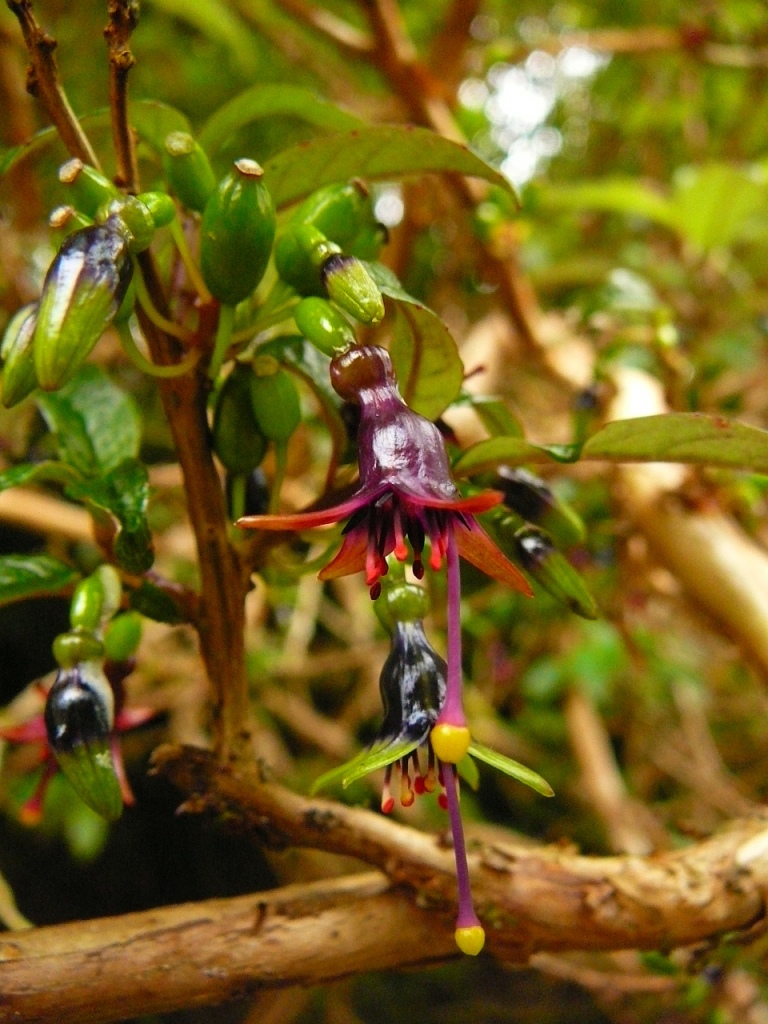Help our native plants
There's always things you can do to help look after Aotearoa New Zealand's native plant life – from disposing of greenwaste responsibly, to planting natives and protecting existing habitats, take a look at what you might be able to do in and around your patch.
Take care of weeds
Our backyards can be a rich source of weeds and seeds into our native bush as they escape via birds, wind and the soles of your boots. A good plant book or website will enable you to identify those which pose a threat to local forest. Gradual but steady removal allows you to plant in the gaps to reduce the effect.

Though the control of noxious environmental weeds is the responsibility of Greater Wellington Regional Council, Council's Biodiversity Officer can provide advice on weed control in natural areas or around Ecological Sites.
Dispose of greenwaste responsibly
Some pest plants spread by seeds or fragments. Ensure you choose a suitable disposable method such as mulching or composting, or build a biodigester to liquidise noxious species, like tradescantia, transforming them into fertiliser.
If you want to dump weeds, take them to your local greenwaste composting facility. Dumping weeds in reserves creates a costly problem.
Plant natives
The presence of native plants in our backyards can increase biodiversity in our communities. A balance of ground cover, shrubs and trees can provide shelter, nesting and food for native birds, lizards,
our native Fuchsia excorticata insects and other
invertebrates, adding to a healthier local ecosystem.
Even within New Zealand there are area-specific native flora. Plants from your ecological district ('ecosourced') have evolved to cope with local conditions and are more likely to thrive, reflect the natural local vegetation and create a sense of place, as well as provide food and homes for local wildlife communities.
For more information see the Kāpiti Coast District Endemic Flora Species List [PDF 1.04 MB].
Protect existing habitat
If you are a farmer or have a large property you may already have significant natural features on your land. Find out more about funding assistance.
Join a local restoration group
Environmental restoration Groups in Kāpiti increased from 13 in 2005 to 22 in 2012, reflecting a dramatic rise in the number of people doing voluntary environmental work.
Some groups have embarked on ambitious projects to restore large areas such as the Waikanae Estuary, the Ōtaki River, and Whareroa farm in the south of the District. Find out more at Local restoration groups.